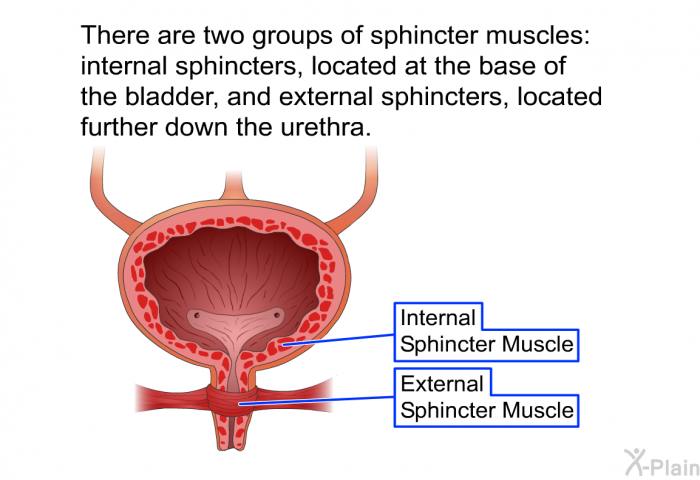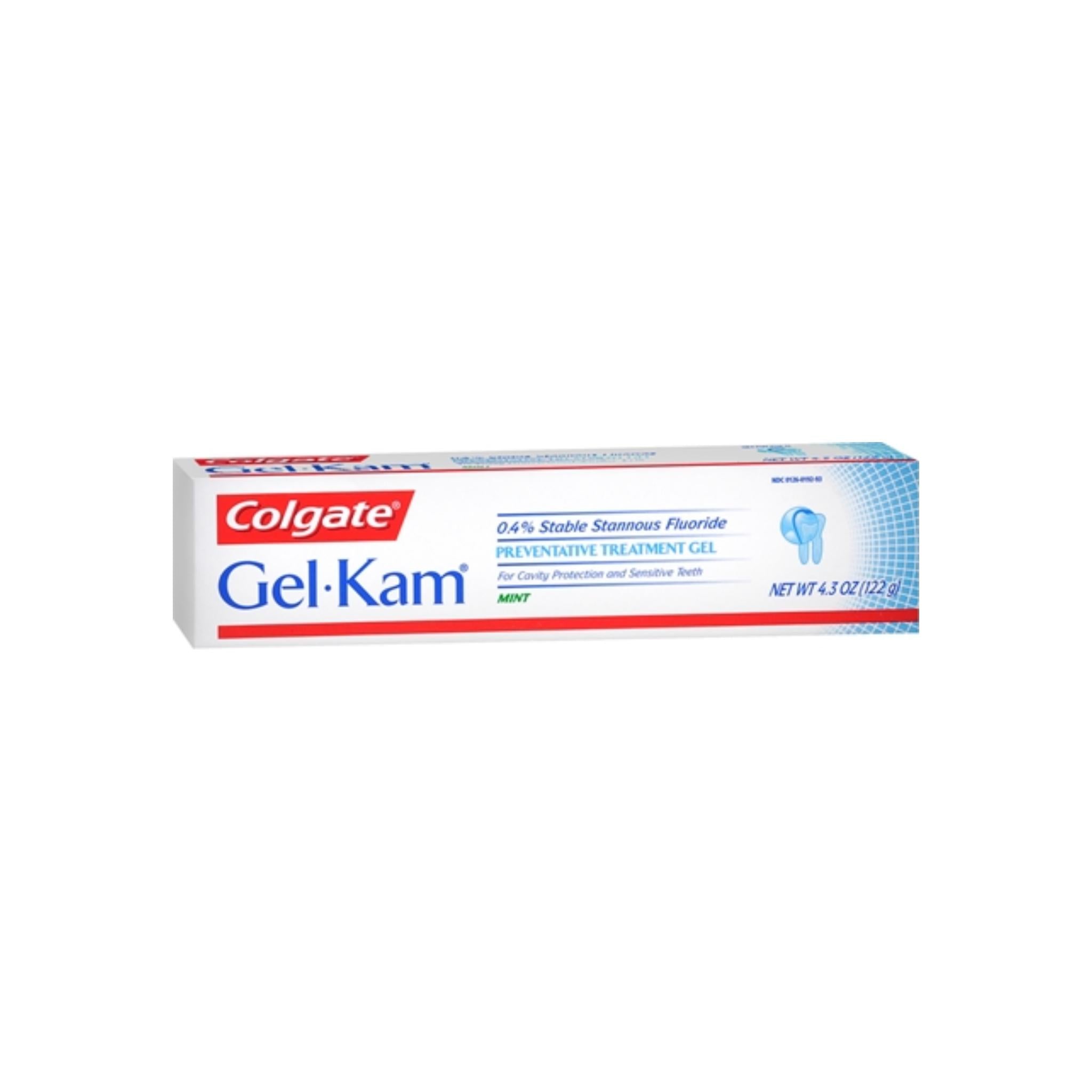After Wisdom Tooth Extraction Swelling

Swelling after wisdom tooth extraction is a common and expected part of the recovery process. This swelling is a natural response to the surgical procedure, which involves the removal of one or more wisdom teeth, also known as third molars. The degree of swelling can vary significantly from person to person, depending on several factors including the complexity of the extraction, the individual’s overall health, and how well they follow post-operative instructions.
Understanding the Causes of Swelling
The primary cause of swelling after a wisdom tooth extraction is the body’s healing process. When a tooth is removed, it leaves behind a socket, which is essentially a wound. The body initiates an inflammatory response to begin the healing process, which includes increased blood flow to the area, bringing with it white blood cells to fight off any potential infection. This increased blood flow and the accumulation of fluid and white blood cells can lead to swelling.
Factors Influencing the Degree of Swelling
- Surgical Complexity: If the wisdom tooth was impacted (meaning it did not have enough room to come in normally) or if it was partially erupted, the surgery might be more complex, potentially leading to more swelling.
- Post-Operative Care: Adhering to the dentist’s or oral surgeon’s instructions after the procedure is crucial. Not following these guidelines can lead to increased swelling, infection, or other complications.
- Individual Healing Responses: People heal at different rates, and some might experience more swelling due to their individual healing response.
- Overall Health: Certain health conditions, such as diabetes, can affect the healing process and potentially increase swelling.
Managing Swelling After Wisdom Tooth Extraction
While some degree of swelling is unavoidable, there are several steps you can take to help manage and reduce it:
- Apply Ice: For the first 24 hours, applying an ice pack to the cheek near the extraction site can help reduce swelling. Wrap the ice pack in a towel to avoid direct contact with the skin.
- Elevate Your Head: When resting or sleeping, elevate your head with extra pillows to reduce blood flow to the area, which can help minimize swelling.
- Soft Food Diet: Stick to a soft food diet for a few days to avoid irritating the extraction site. Avoid spicy, hot, or hard foods that could exacerbate swelling.
- Hydration: Drink plenty of water to stay hydrated, helping your body to heal faster.
- Medication: Your dentist or oral surgeon may prescribe medication to help manage pain and swelling. Be sure to follow the instructions carefully.
- Rest: Avoid strenuous activities for the first 24 hours to promote healing and reduce swelling.
When to Seek Medical Attention
While swelling is a normal part of the recovery process, there are instances where you should seek medical attention:
- Excessive Swelling: If the swelling is severe, spreads beyond the immediate area, or interferes with your ability to breathe or swallow.
- Increased Pain: If the pain increases instead of decreases over time, or if it becomes severe.
- Fever: A high fever can indicate infection, which requires immediate medical attention.
- Bleeding: If you experience heavy bleeding that doesn’t stop after applying pressure for 20 minutes.
It’s essential to follow your healthcare provider’s instructions and attend any scheduled follow-up appointments to ensure proper healing and address any concerns.
How long does swelling last after wisdom tooth extraction?
+Swelling typically peaks 2-3 days after the procedure and begins to subside afterward. However, it may take up to a week for the swelling to completely resolve.
Can I use heat to help with swelling after wisdom tooth extraction?
+After the first 24 hours, applying a warm compress to the area can help increase blood flow and promote healing. However, it's recommended to avoid heat during the first day as it can increase swelling.
What are the signs of infection after wisdom tooth extraction?
+Signs of infection can include increased pain, swelling, redness, fever, and discharge from the extraction site. If you experience any of these symptoms, contact your dentist or oral surgeon immediately.
In conclusion, swelling after wisdom tooth extraction is a common and usually temporary condition. By understanding its causes, following post-operative instructions, and knowing when to seek medical attention, you can effectively manage swelling and ensure a smooth recovery. If you have concerns about your recovery or experience any unexpected symptoms, don’t hesitate to reach out to your healthcare provider.

